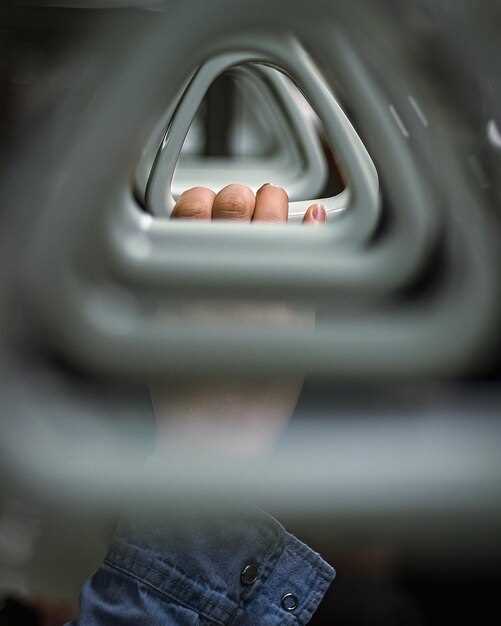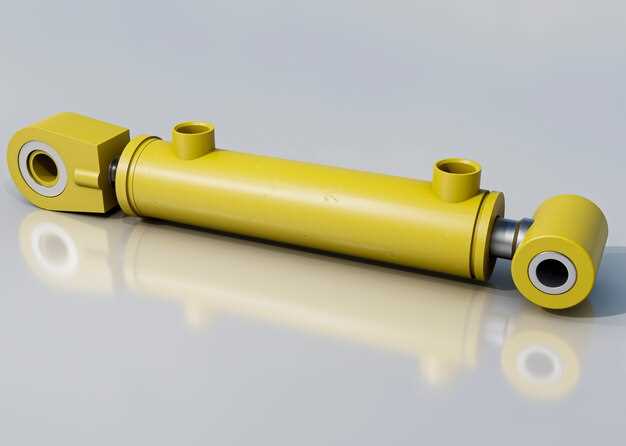
How to spot a failing master cylinder
- Dominique Kaye
- 0
- Posted on

The master cylinder is a crucial component of the braking system in any vehicle. It plays a vital role in generating the hydraulic pressure needed to engage the brakes effectively. However, like any mechanical component, it is subject to wear and tear, potentially leading to failure. Recognizing the signs of a failing master cylinder early on can prevent unsafe driving conditions and costly repairs.
One of the most common symptoms of a malfunctioning master cylinder is a spongy brake pedal. If you notice that your brake pedal feels soft or sinks to the floor when pressed, it could indicate that the cylinder is not sealing properly, resulting in fluid leakage. Additionally, if the brake fluid level in the reservoir continues to drop without any visible leaks, it may be another indication of a failing master cylinder.
Another important sign to watch for is brake fluid contamination. A master cylinder that is beginning to fail can allow moisture to enter the brake fluid, reducing its effectiveness and leading to potential brake system failure. This contamination can also cause corrosion within the braking components, exacerbating the problem. Being aware of these issues can help you maintain your vehicle’s braking system and ensure your safety on the road.
Common Symptoms Indicating Master Cylinder Issues

One of the first signs of a failing master cylinder is a spongy or soft brake pedal. When you press the brake pedal, it should feel firm and responsive. If you notice that the pedal sinks to the floor or feels unusually soft, it can indicate air in the brake lines or a failure in the master cylinder itself.
Another common symptom is fluid leakage around the master cylinder. If you observe brake fluid pooling on the ground under your vehicle or around the master cylinder reservoir, this could point to a seal failure. Even a small leak can compromise brake performance and lead to complete brake system failure.
Inconsistent braking performance is also a key indicator of master cylinder problems. If you experience a loss of braking power or the brakes engage unevenly from one side of the vehicle to the other, the master cylinder may not be distributing hydraulic pressure effectively due to internal damage.
Furthermore, if your vehicle’s brake warning light appears on the dashboard, it might signal an issue with the brake system, including the master cylinder. This warning should not be ignored, as it often indicates a safety concern requiring immediate attention.
Lastly, unusual noises such as grinding or a hissing sound when applying the brakes can also be symptomatic of a failing master cylinder. These sounds suggest that there may be air within the system or that the hydraulic components are not functioning correctly.
How to Test Your Master Cylinder for Signs of Failure
To determine if your master cylinder is failing, begin by inspecting the brake fluid reservoir. Check for fluid levels; a significant drop may indicate a leak in the system. Low fluid levels can also affect brake performance and increase the chances of failure.
Next, perform a visual inspection of the master cylinder itself. Look for any signs of fluid leakage around the seals and the housing. Any dampness or wetness around these areas could indicate a problem that requires attention.
A brake pedal test is another effective method. With the engine off, pump the brake pedal several times to build up pressure. If the pedal feels soft or sinks to the floor after several pumps, this may signify a failure in the master cylinder’s internal seals.
Additionally, while the vehicle is running, check for a spongy brake pedal. If the pedal feels inconsistent or doesn’t respond properly, this could indicate fluid bypassing within the master cylinder, a clear sign of potential failure.
Finally, ensure all brake lines and connections are secure. Sometimes, apparent symptoms may stem from connected components rather than the master cylinder itself. However, if all else checks out and symptoms persist, it is prudent to replace the master cylinder to ensure safe braking performance.
Steps to Take When Experiencing Brake Failure

Brake failure can be a terrifying experience, and knowing the steps to take can help ensure your safety. First, remain calm and assess the situation. Avoid sudden movements that could exacerbate the situation.
Immediately try to pump the brake pedal if you feel a loss of braking power. This action can sometimes help build pressure in the master cylinder, potentially allowing you to regain some braking effectiveness.
If pumping the brakes does not restore function, downshift to lower gears. This method uses engine braking to help slow down the vehicle. Make sure to engage the transmission correctly to avoid stalling.
Next, if you have not yet reached a complete stop, steer the vehicle to a safe area, away from traffic. Reduce your speed gradually as you approach the side of the road. Use your turn signals to communicate your intentions to other drivers.
Utilizing the emergency brake can provide additional stopping power, but it should be applied gently to prevent the vehicle from skidding. Engage the emergency brake if the primary brake system is unresponsive.
Once you have come to a complete stop, turn on your hazard lights to alert other drivers. This will help ensure your safety while you evaluate the situation.
After stopping, refrain from attempting to fix the master cylinder yourself unless you are trained and knowledgeable. Contact a professional mechanic for assistance. Inspecting the master cylinder and brake system will help identify the cause of the failure and ensure proper repairs.
For future prevention, regularly check your braking system and address any signs of wear or failure promptly. Staying proactive about maintenance can help avoid emergency situations on the road.
